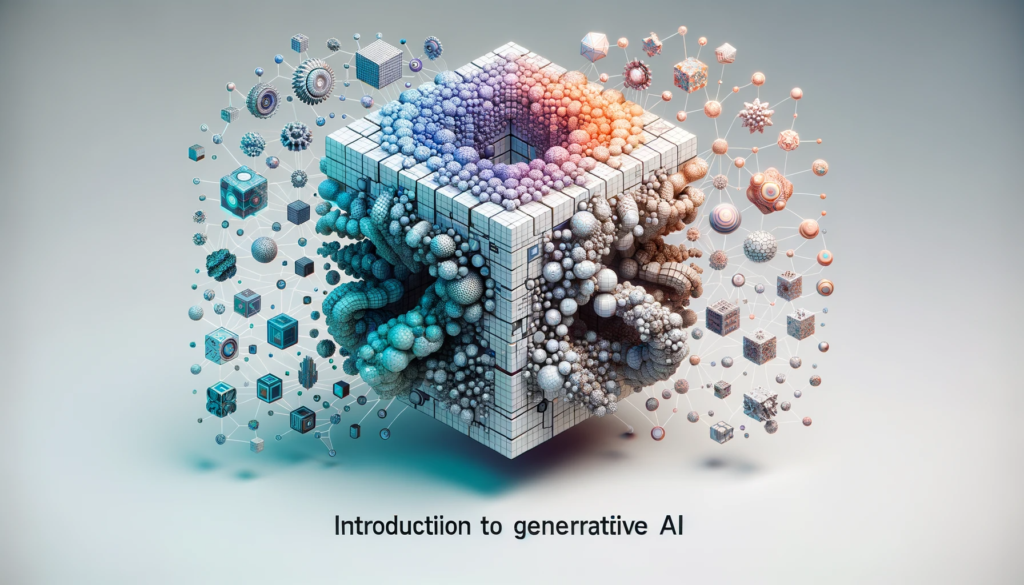In an era where artificial intelligence is deeply woven into daily life from smart assistants to data analytics cybersecurity has never been more critical. At AI360 Central, we believe safeguarding your AI-powered systems is paramount. These practical and effective cybersecurity strategies will help you protect your AI tools, personal data, and digital footprint so you can innovate and interact online safely.
What Is AI Cybersecurity & Why It Matters
AI cybersecurity involves protecting AI systems such as machine learning models, data pipelines, and AI-driven apps from unauthorized access, data poisoning, model theft, and adversarial attacks.
Without robust security measures, you risk:
- Compromised algorithms
- Theft of sensitive training data
- Manipulation or poisoning of AI outputs
- Major breaches of privacy and trust
Common Cyber Threats in the AI Space
Understanding threats is the first step toward protection:
| Threat | Description |
|---|---|
| Data Poisoning | Malicious alteration of training data to corrupt AI behavior |
| Model Theft | Extracting proprietary AI models or confidentiality |
| Adversarial Attacks | Inputs crafted to fool AI systems into making wrong decisions |
| API Vulnerabilities | Exploit insecure endpoints that serve AI predictions |
These mirror traditional cyber threats but exploit the unique vulnerabilities of AI pipelines.
Top AI Cybersecurity Tips for Organizations & Individuals
1. Secure Data Pipelines
Apply encryption in transit and at rest. Use signed updates to ensure data integrity and authenticity before feeding it to models.
2. Authenticate and Lock Down APIs
Incorporate strong authentication (OAuth, API keys) and rate limiting to protect inference endpoints from unauthorized use or denial-of-service attacks.
3. Deploy Model Monitoring & Input Validation
Deploy systems that monitor output patterns and flag anomalies potential signs of adversarial attacks.
4. Use Privacy-Preserving Techniques
Implement methods like differential privacy, federated learning, or homomorphic encryption to protect sensitive inputs and model parameters.
5. Keep Your Infrastructure Updated
Regularly update AI frameworks, libraries, and operating systems. Patch known vulnerabilities that adversaries can exploit.
6. Train Staff on AI-Specific Risks
Build awareness programs covering AI-centered attacks like tampering or adversarial inputs your human team is your frontline defense.
7. Backup & Version Control Model States
Maintain backups and track versions. This ensures you can restore clean models if one becomes compromised.
How AI360 Central Ensures Secure AI Engagement
At AI360 Central, we prioritize your AI security:
- End-to-end encryption for data collection, model training, and deployment.
- Regular security audits on AI codebases and APIs.
- Strict compliance with emerging AI security standards (NIST, IEEE).
- Robust access controls, ensuring only authorized personnel can modify models or data.
- We urge users to update API keys frequently, enable multi-factor authentication (MFA), and review logs regularly.
Final Takeaways
Securing AI involves layers of careful defense from protecting data ingestion and models to safeguarding deployment infrastructure and human operators. By integrating best practices like encryption, monitoring, access governance, and team awareness, you can confidently harness AI while minimizing cyber risk.
Citations & Further Reading
- “Internet security awareness” emphasizes the need for user awareness and training to prevent social-engineering and security gaps.
- Academic research highlights that AI-specific security methods like encryption, employee training, and audits are critical in defending against evolving threats .

